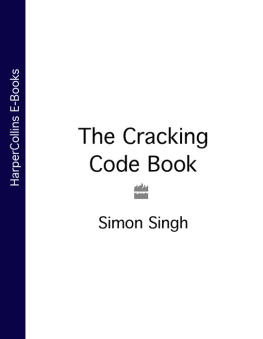Contents
Alice is driving to work. She hardly registers the road signs that guide her journey to the train station. Once there, she selects a newspaper and a book of su doku puzzles, pausing while the bar codes are scanned before she hands over her credit card. She keys in her PIN and pauses while the scanner securely completes the transaction. On the train she sits next to Bob, whose laptop whirrs into action after he types in his password. She decides to have a go at the crossword in her paper...
A WORLD SHAPED BY CODES
We could follow Alice and Bob through their day, continuing, as you will have noticed, to highlight in italics every occasion on which codes enter their lives. Codes are part of our world and of our history, too. Indeed, they have helped to shape it: Greek generals in ancient times used them to give secret orders; Wellingtons defeat of Napoleon in the Peninsular Wars was partly due to his staffs ability to read coded messages sent by the French army; and, of course, many people are now aware that the course of World War II was changed by the achievements of Allied cryptographers in breaking German and Japanese ciphers.
CODE OR CIPHER?
A code uses characters or symbols to represent words or phrases, and requires a code book for encryption and decryption.
In ciphers, individual letters are moved or changed to conceal the meaning of the message.
Since the emergence of writing, people have at times felt a need to conceal or mystify the meaning of some of their communications, trying to keep control of who gains access to the knowledge held.
The story of code making is also the story of code breaking. This book begins by looking at ancient writing such as Egyptian hieroglyphics, which, over time, became a code, as the knowledge of how to read them was washed away with the sands. It also includes the phone texting codes so beloved of many teenagers today.
The book also studies codes devised not to conceal but to allow efficient, fast and often cheaper communication such as Morse code. From there, we take a tour through the world of codes and ciphers (learning the differences between them on the way) starting with fairly simple methods, such as the Caesar shift used in Roman times.
Where relevant, each code is put into historical context and, although this is not a history book, there is a code chronology showing key events in the story of codes and code breaking.
CREATING MESSAGES
This book explains how to create messages using codes, and how they can be broken. People tend to assume that a code they have created will be very hard to break, when, in fact, most basic codes can be cracked in a very short time. Codes and Ciphers studies just how this is done, including the use of cryptanalysts tools such as frequency analysis using knowledge about how common some letters are in comparison to others (). A code-breaking checklist is also provided on pages 1718.
The vast majority of codes described in this book can be re-created (and broken) using no more than pencil, paper and perseverance. Undertaking such tasks will take you back in time to the code-breaking black chambers (). As explorers and conquerors travelled greater distances in search of power and wealth, their need for secret communication increased, and messengers would walk and ride with encrypted communications hidden in their clothing, bodies or equipment.
Naturally, this fostered a mini-industry of code breakers working in secret to break the code of any intercepted messages. In an age in which communications are bounced around the globe via satellites, interception has never been easier, and governments (and others) continue to try to keep sensitive communication secret, and to peep into the inbox of other states and groups, such as terrorists, when the opportunity arises.
LOOKING TO THE FUTURE
The age of pencil and paper has passed, for since the middle of the 20th century, machines have been employed increasingly to create and to break codes. The demands of code breakers have led directly to the development of the modern computer. The tools of todays cryptographers read like a code themselves: symmetric encryption, message authentication codes, public key encryption, one-way hash functions, digital signature schemes and random number generators. Their uses are legion, from allowing you to buy things on the internet knowing that no one will (or should) be able to steal your financial details and your money, to protecting us from a maverick pushing a button and launching a nuclear missile.
Cryptography has become a big business. There is heated debate about the most secure methods of sending sensitive diplomatic, scientific and business information, and a growing controversy about whether and when governments have the right to read private communications. The subject has entered the curriculum of universities and colleges, and data security is an industry in itself. The subject continues to fascinate, for its history, for the intellectual challenge of creating and breaking codes, and as a leisure activity in puzzles, such as word searches, crosswords and the craze for su doku number conundrums.
CODE CONVENTIONS
Throughout this book, as is the convention for code writing, the term plaintext refers to the original message, which is altered by encoding or encipherment. Plaintext is written in upper and lower case writing; all codes and ciphers appear in capitals.
Another convention is the use of the names of Alice and Bob (as seen in this introduction) because it has become a convention in the field of cryptography to use these monikers. This communicative couple only exist in the world of codes and ciphers. There is more on this (and their foe, Eve) on pages 1501.
Codes from the past
Anything that we cannot read is, in effect, a code that we need to break. If it is a language, we can learn it or find someone to translate the message. But what if the language itself has disappeared?
HIEROGLYPHS
The word hieroglyphs comes from the Greek language and means sacred carvings.
They were cut into the stone of significant buildings, such as temples and tombs, or painted onto the interior walls.
The earliest date back at least 3,000 years.
FROM THE SANDS OF TIME
The story that Egyptian hieroglyphics tell is of a highly organized and capable civilization that collapsed and was forgotten for thousands of years. Much of what we now know about it has been learned from reading its writings on walls and papyrus, and the process of discovering how to read these is similar to the code-breaking methods that helped to shorten World War II. So, in a sense, hieroglyphics became the earliest code, even though their meaning was not originally disguised. The structures on which hieroglyphics were carved or drawn collapsed, or were buried by the desert sand, while others were defaced by Christians intent on destroying remnants of a pagan past.
Hieroglyphics are pictorial writing: brightly coloured images that are both simple and complex. Various attempts were made to read the images, but it took many years for people to realize that the pictures stood for sounds (as we might draw a bee to represent the sound b) of a language that had since died.

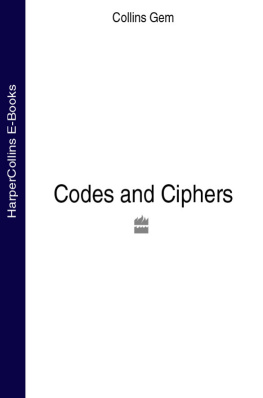

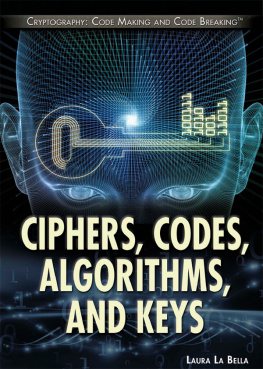
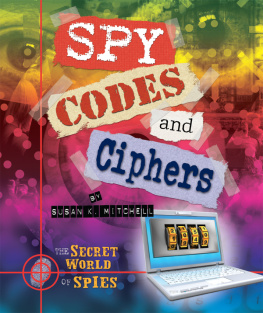
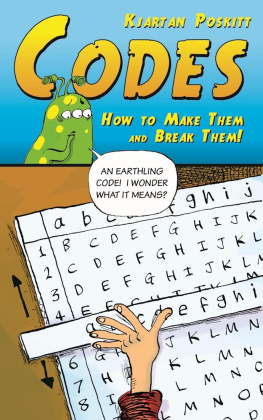
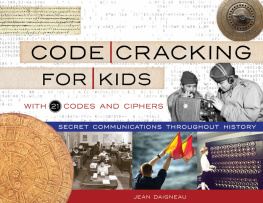

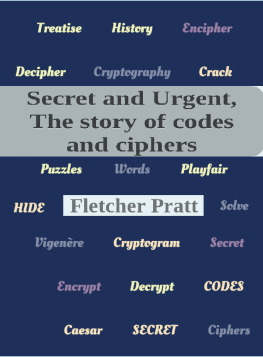
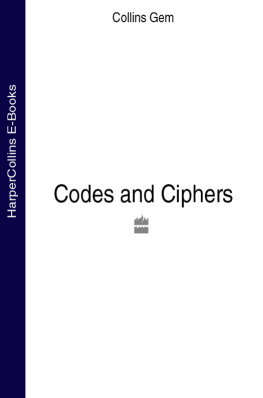
![Lewin - The other Ultra : [codes, ciphers and the defeat of Japan]](/uploads/posts/book/93695/thumbs/lewin-the-other-ultra-codes-ciphers-and-the.jpg)
